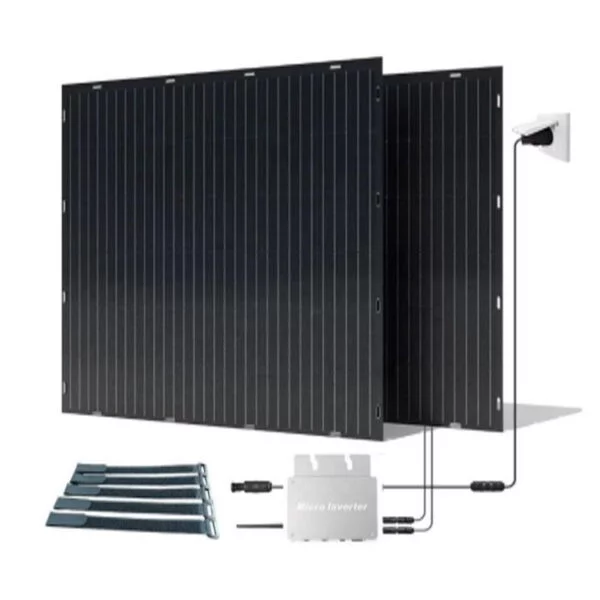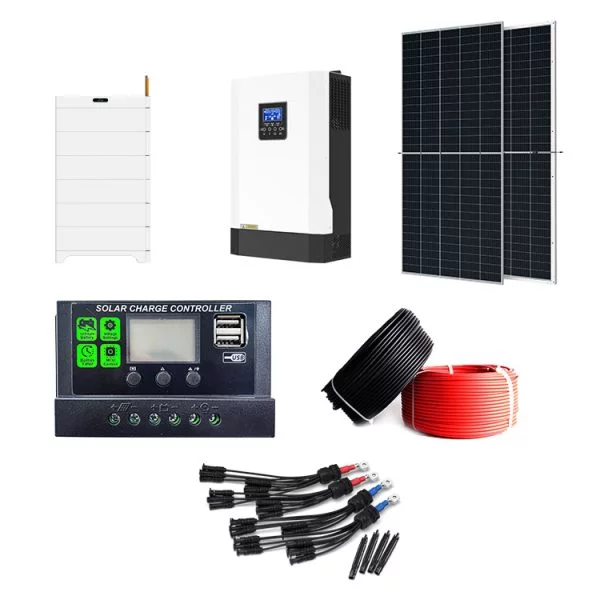HOT PRODUCT
Product Details
Solar Panel Cost Trends: What To Expect In The Market
Solar Panel Cost Trends: What To Expect In The Market
Solar panels have become an increasingly popular choice for both residential and commercial properties seeking to reduce their carbon footprint and lower their energy costs. As the demand for solar power continues to rise, it is essential to understand the cost trends in the market. In this article, we will explore the factors that influence solar panel costs and provide insights into what to expect in the coming years.
1. Technological Advances
Over the past decade, significant technological advancements have been made in solar panel manufacturing. These advancements have led to increased efficiency and decreased production costs. As a result, solar panels are becoming more affordable and accessible to a wider range of consumers.
2. Government Initiatives and Incentives
Government initiatives and incentives play a crucial role in driving down the cost of solar panels. Many countries around the world offer subsidies, tax credits, and grants to encourage individuals and businesses to invest in renewable energy sources. These programs help reduce the upfront cost of installing solar panels, making them more financially viable for many consumers.
3. Economies of Scale
The solar industry has experienced rapid growth in recent years, leading to economies of scale. As solar panel manufacturers increase production, they benefit from lower production costs per unit. This reduction in manufacturing costs is then passed on to consumers, resulting in lower solar panel prices.
4. Material Costs
The cost of solar panels is closely tied to the price of raw materials. Historically, silicon has been the most commonly used material in solar panel production. The prices of silicon have fluctuated significantly over the years, impacting solar panel costs. However, as technology evolves, manufacturers are exploring alternative materials, such as thin-film solar cells, which can lower production costs and reduce the overall price of solar panels.
5. Market Competition
Competition in the solar panel industry has intensified as more companies enter the market. Increased competition fosters innovation and drives down prices. As new players emerge, established manufacturers are compelled to enhance their products’ efficiency and affordability to stay competitive.


6. Installation Costs
The cost of installing solar panels encompasses not only the price of the panels but also the expenses associated with mounting and connecting the system. Installation costs vary depending on the property’s size, location, and complexity of the installation. As the solar industry becomes more mature and standardized, installation costs are expected to decrease, further reducing the overall cost of going solar.
7. Energy Storage Solutions
The integration of energy storage solutions, such as batteries, with solar panel systems is gaining traction. By storing excess energy generated during peak sun hours, homeowners and businesses can use the stored energy during times when the sun is not shining. The decreasing costs of battery storage systems contribute to the overall affordability of solar energy and enhance the independence of solar-powered properties.
Looking ahead, it is expected that solar panel costs will continue to decline as technology advances, economies of scale are achieved, and market competition intensifies. As governments worldwide prioritize renewable energy and invest in sustainable initiatives, it is likely that more incentives and subsidies will be introduced, making solar panels even more affordable for consumers.
While fluctuations in material costs and policy changes may cause short-term price variations, the long-term trend indicates a promising outlook for solar panel costs. Investing in solar energy not only helps combat climate change but also provides a cost-effective way to generate electricity while reducing dependency on traditional energy sources.
In conclusion, the solar panel market is witnessing a significant decline in costs due to technological advancements, government incentives, economies of scale, and market competition. The industry’s future looks bright as solar energy becomes more accessible and affordable for consumers. As solar panels continue to evolve, it is crucial for individuals and businesses to stay informed about the latest trends and opportunities in this fast-growing sector.




